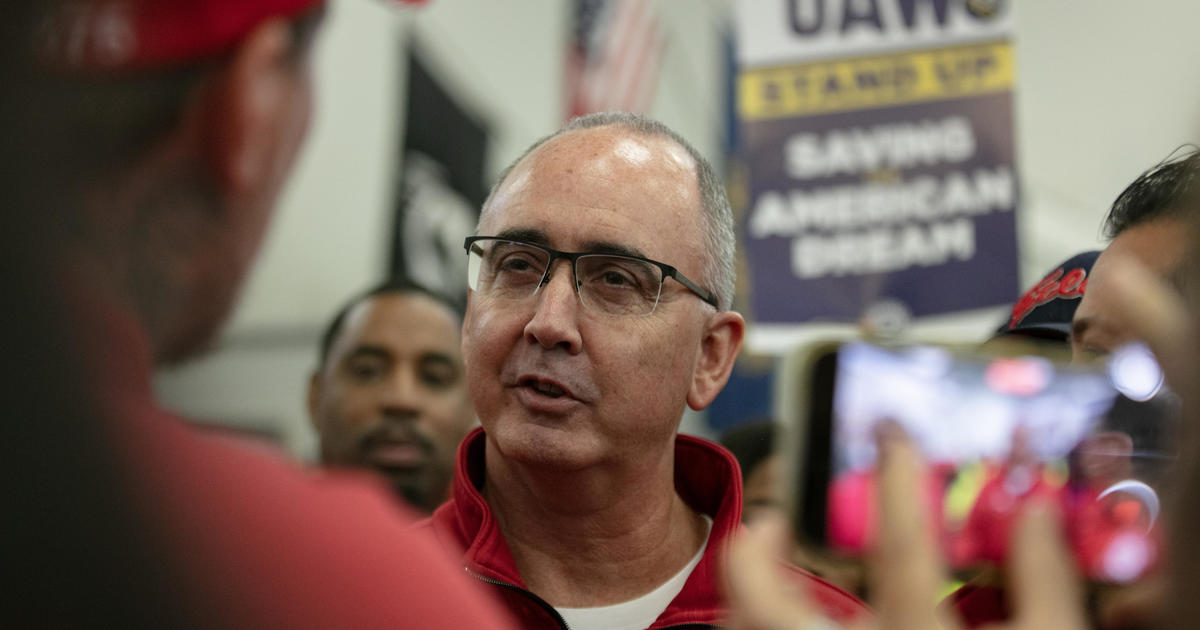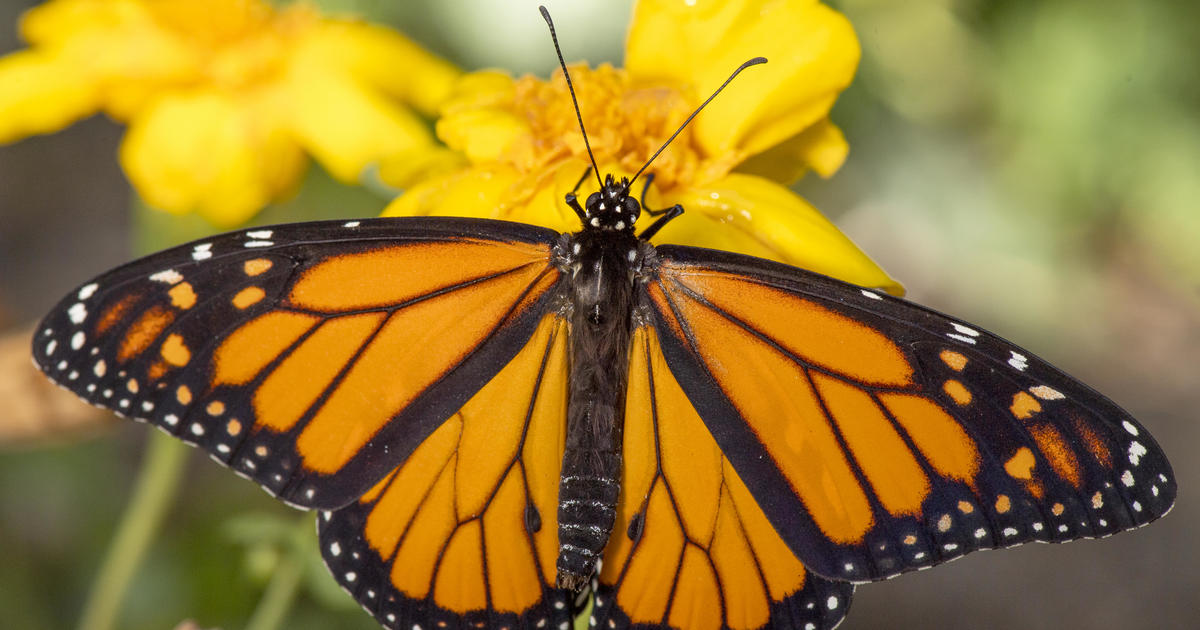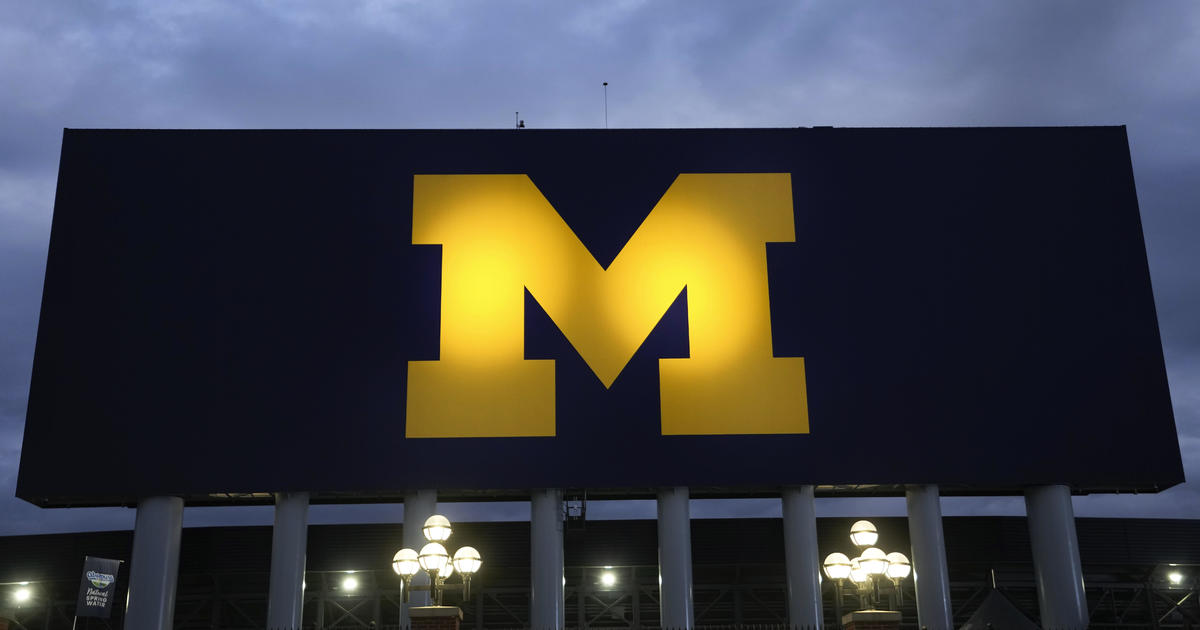Lawrence Tech To Highlight Auto Partnerships At NAIAS
Lawrence Technological University students will have a booth at the North American International Auto Show to display design projects they have done for the auto industry, as well as racing vehicles they have designed and built with support of industry sponsors.
With support and encouragement from the automotive industry, in 2007 Lawrence Tech created a unique Bachelor of Science in Transportation Design program that simulates an industry studio environment. Blending their creative talent with an understanding of engineering and manufacturing technology, students design projects with feasibility of manufacturing in mind.
Lawrence Tech has pioneered a breakthrough design philosophy to meet the changing demands of the global market. Student transportation, mobility, and design projects provide students with unique opportunities to "test drive" their educations in real-world situations.
The following students and their projects will be at the Lawrence Tech booth located in the concourse near the northwest entrance of Cobo Hall:
Jason Falenski (Troy), Ford Sidewinder: In 1929 Henry Ford developed the Fordson Snow Machine in an effort to boost the Model T's agility in inclement weather. The Model T's narrow wheels were replaced with large hollow screws, displacing the weight and allowing the Snow Machine to move over deep snow and mud with ease. In a StudioX Internship Project, Falenski drew his inspiration from the Fordson Snow Machine and used hybrid turbine propulsion technology that can pull the vehicle across sand, mud, snow, and even water.
Ben Graf (Sebewaing), Dragonfly: The Dragonfly, developed in a StudioX Internship Project for Ford Motor Co., is a futuristic air racing vehicle for the year 2065. The vehicle pushes the boundaries of human reaction time and split-second decision-making. The Dragonfly is powered by eight micro-turbine jet engines weighing less than 100 pounds, producing over 800 foot pounds of thrust per engine. The radical multi-faced design language of the Dragonfly was developed to channel airflow over an increased surface area to improve maneuverability and control.
Chris Nichols (Sears), Jeep Exterior Concept: During a summer 2010 internship with the Jeep Design Studio at Chrysler Corp., Nichols had the opportunity to work on multiple projects while experiencing the product development process at the Chrysler Technical Center. The daily workflow included sketching, design reviews, vehicle exterior clay modeling, gaming, and component design. In addition, a promotional video with the intern marketing department was generated to highlight the Chrysler design process.
Taylor Manuilow (Port Huron), Jeep2 Interior Concept: Another Chrysler intern, Manuilow worked on the Jeep2 at Chrysler's advanced studio. Created as a concept study for future global Jeep interiors, it utilizes a base model for third-world countries that can be upgraded for young, more affluent European and North American consumers. After an initial sketching phase of two weeks, the design was refined through weekly reviews with studio designers and engineers. It was eventually modified to fit specific package and engineering requirements, and the final model was presented to Chrysler design management.
Jennifer Bur (Cheboygan), Jeep Apparel: In a proposed rebranding of the classic Jeep image for the outdoor lifestyle, Bur added functional fashion: dynamic pockets, technical pattern drafting, and cutting-edge materials. The iconic Jeep grille is reinvented for 2011 through wearable graphics and innovative fashion inspired by consumer trend profiling. Lawrence Tech's unique Fashion Lab encompasses all aspects of becoming future fashion industry leaders.
Jon Russell (Northville), DeWalt TechVest The DeWalt TechVest is the future of construction site communication and media. A next-gen personal device, the TechVest builds on DeWalt's heritage as a premier purveyor of rugged, durable construction equipment. Taking inspiration from cutting-edge military technology, the TechVest integrates many communication and entertainment features, such as an mp3 player, webcam, and loudspeakers, to help construction workers connect and stay focused on the jobsite.
Blue Devil Motorsports Lawrence Tech was one of the first universities in the country to compete in racing competitions sponsored by SAE International. Each year, Blue Devil Motorsports students gain valuable, career-enhancing experience in competitions that encourage them to tackle real-world design and engineering challenges.
These year-long projects require undergraduate and graduate students to work in teams similar to those they will encounter in industry. They research, design, build, and test their vehicles and aircraft, as well as raise funds and create marketing presentations. At the end of the academic year, they test their knowledge and skill against other teams in regional and international competitions.
Lawrence Tech was also among the first universities to participate in the Formula Hybrid competition, endorsed by SAE International and the Institute of Electrical and Electronics Engineers (IEEE). Students design, build, and race an open-wheel, single-seat, hybrid racecar focusing on the engineering of the hybrid drive system and vehicle suspension to maximize performance in acceleration, autocross, and endurance. Lawrence Tech's 2010 team placed third in class and won General Motors' third place design award.
The Baja SAE team designed and built an off-road vehicle that will survive the severe punishment of rough terrain. Lawrence Tech's 2009 team finished 27th overall out of 100 Midwest teams, winning third place in land maneuverability and the third in the tractor pull.
The Formula SAE team designed, fabricated, and raced a small, Formula-style, autocross racing car, which was judged in high-performance track trials in acceleration, skidpad, autocross, fuel economy, and endurance. Lawrence Tech's 2010 car finished 16th overall, 11th in endurance, and seventh in design.
In the SAE Aero Design competition, students design, build, test, and fly a radio-controlled heavy-lift cargo airplane. Given a set of constraints, their goal is to airlift the most weight possible. In 2009 and 2010, Lawrence Tech's team finished among the top 10 in the SAE Aero Design East Competition.
More at www.ltu.edu.



